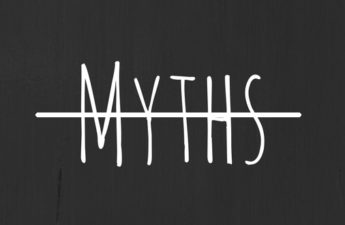The overriding theme of business valuation for Mergers & Acquisitions is that anything that increases Cash Flow increases the value of the business. Cash Flow (not profits) is the most important factor.
The methods listed are for established businesses with ongoing revenues. Valuing startups is another thing entirely.
The specific technique used to value a business can vary, and the use of any depends on what the buyer prefers. But here are some common ones.
- Smaller businesses bought by an owner/operator tend to be valued based on: a multiple of Seller’s Discretionary Cash Flow (Owner’s Salary & Benefits + EBITDA (Earnings before Interest, Taxes, Depreciation, & Amortization)). SDE is a cash flow surrogate.
- Mid-sized businesses are often bought by companies that would replace the owner with an employee (usually at a much lower salary) as president of the business. These businesses are often valued at a multiple of EBITDA (Earnings before Interest, Taxes, Depreciation, & Amortization)) or EBIT (Earnings before Interest & Taxes). EBITDA/EBIT is a cash flow surrogate.
- Often service businesses are sold for a multiple of revenues. The theory is that it is easier to control the expenses in a service business than in a capital-intensive one.
- Depending on the industry and type of business, items from the balance sheet may be included in the value such as inventory, equipment, etc.
- Most larger companies or those bought by sophisticated financial types are valued using a discounted cash flow method, where an NPV is calculated using some appropriate discount rate. In fact, M&A people working in the large company arena often only use this method their entire careers.
- A method related to NPV discussed above is Capitalization of Earnings. This technique is best used when it is difficult to make a revenue/earnings forecast or when other items suggest that only the most recent company performance be considered.
Other methods that you may run into include:
- Industry Formula or Rules of Thumb are back-of-the-envelope type calculations based on some of the same metrics described above. The difference between a sophisticated buyer/seller pricing a business and one that is not is that some will not change the Rule of Thumb – Formula for the specific circumstances of the business. They will apply the same formula to all businesses in a specific industry segment without other considerations. Be wary of this.
- Publicly Traded Comparables, then apply whatever valuation metric the public company has to a privately held company. Valuators and courts have long recognized that the nature, dynamics, and characteristics of a publicly traded company are different from privately held firms. Thereby making this method not particularly useful. One obvious aspect is that publicly traded companies tend to be much larger – therefore making comparisons meaningless with their smaller privately held competitors. But securities regulations, scrutiny by Wall Street investors, and many other factors make the comparison not that meaningful.
- LBO Returns or calculating an Internal Rate of Return (IRR) on invested equity. This is the technique often used by Private Equity firms. I will not explain what an IRR is here but suggest you look at the definition on the internet. IRRs are closely mathematically related to NPVs. Private Equity firms must have an adequately high Internal Rate of Return to show to their investors. Usually, this is 20-25% or higher. So to get the higher IRR, they add in more debt and reduce the amount of equity in the deal structure. Of course, this raises the risk profile of the acquired company. But it does generate the excess returns these types of investors need.
- A combination of techniques or taking an average. The advantage of this is that whatever bias that is inherent in a specific method is diluted. The disadvantage is that you may lose exactness, and the result is harder to apply to the needs of a specific buyer (under investment value – see my earlier post).
The value of a business is also dependent on the Buyer’s expected financial return. The higher the Return On Investment (ROI) expectation of the Buyer, the lower the business value. The Buyer has to pay less to achieve their ROI. This is one reason financial buyers, such as Private Equity Groups (PEGs) often pay less than strategic buyers (companies).
So pay attention to what the buyer’s expectations and needs are to get a better idea of what to expect!



